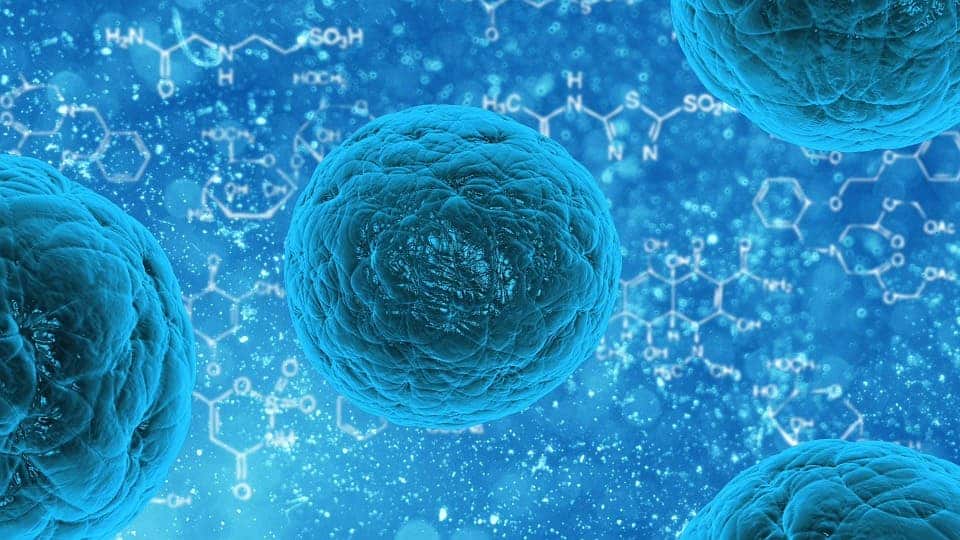Researchers from Stanford University have quickly and efficiently created pure populations of 12 different cell types – including bone, heart muscle and cartilage – from ancestral embryonic stem cells.

Stem cells of these cell types have been created in the past, but the current study marks the first time that pure populations have been created in a matter of days as opposed to weeks or months. In addition, previous techniques typically led to impure mixtures that contained multiple cell types, limiting their practical use.
“Regenerative medicine relies on the ability to turn pluripotent human stem cells into specialized tissue stem cells that can engraft and function in patients,” said Irving Weissman, the director of Stanford’s Institute for Stem Cell Biology and Regenerative Medicine. “It took us years to be able to isolate blood-forming and brain-forming stem cells.”
“Here we used our knowledge of the developmental biology of many other animal models to provide the positive and negative signaling factors to guide the developmental choices of these tissue and organ stem cells,” he added. “Within five to nine days we can generate virtually all the pure cell populations that we need.”
Embryonic stem cells are pluripotent, meaning they have the ability to form into any cell type in the body. This process is guided by various time- and location-specific cues that occur within the embryo, ultimately pushing their development in the direction of a specific cell type. Scientists understand a lot about how this process is guided in animals such as fish, mice, and frogs, but due to the restrictions on human embryo cultivation, they know little about human embryonic development.
In the new study, the team learned that human stem cells move down a developmental path that is composed of a series of choices that present just two possible options. They found that the best way to guide these cells towards a particular fate was to encourage the differentiation into one lineage and at the same time block the other pathway. In other words, saying “yes” to one choice while simultaneously saying “no” to the other.
“We learned during this process that it is equally important to understand how unwanted cell types develop and find a way to block that process while encouraging the developmental path we do want,” said Kyle Loh, co-lead author of the study, which was published July 14 in the journal Cell.
Through careful guidance of the developmental pathway, Loh and the team were able to push stem cell differentiation in the direction that they wanted, leading to the creation of 12 different cell lineages in a quick and effective manner.
“Next, we’d like to show that these different human progenitor cells can regenerate their respective tissues and perhaps even ameliorate disease in animal models,” he said.


